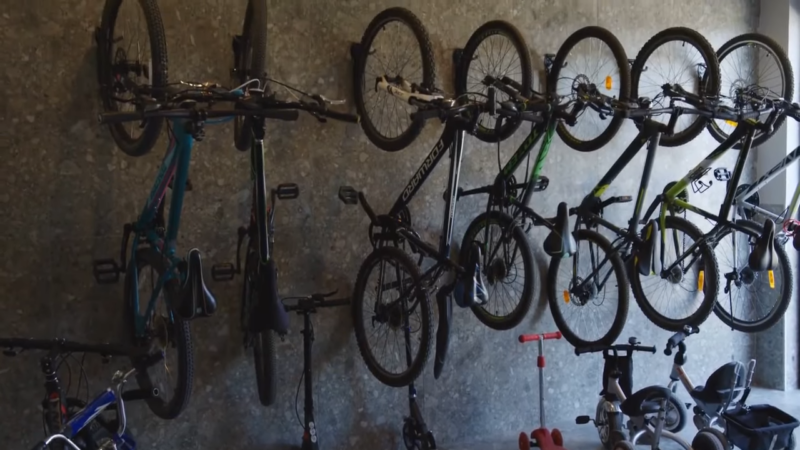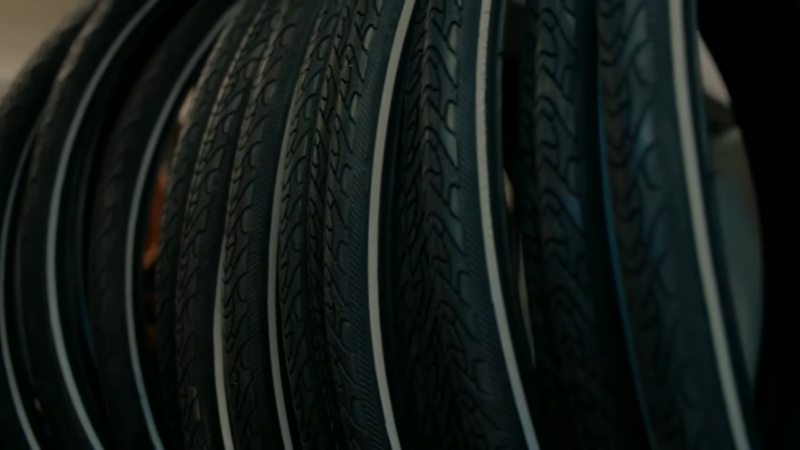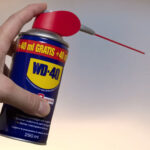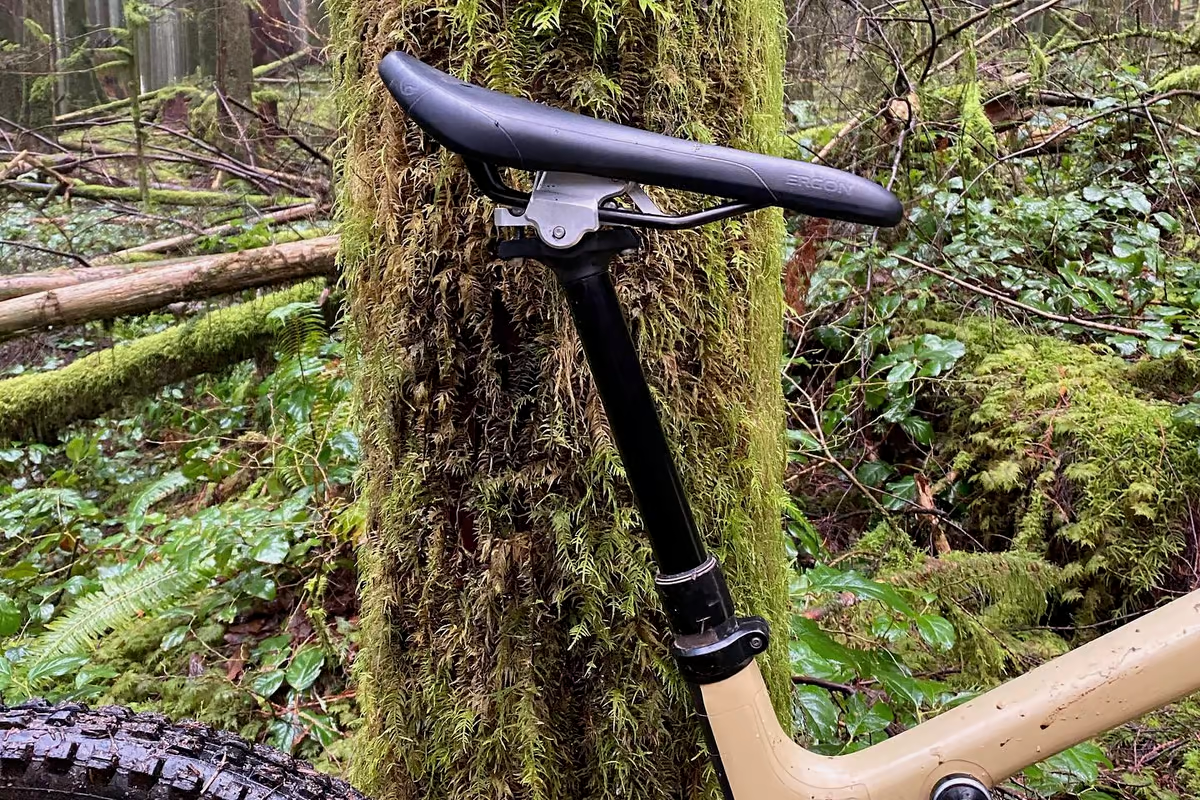
Bike enthusiasts may be surprised to learn that their beloved two-wheelers can indeed experience flat tires even when they’re not in use. This common issue affects many bike owners, and understanding the science behind it is crucial to prevent unwanted flats. In this article, we’ll delve into the reasons why bike tires can lose air pressure when the bike is left unused, and provide practical tips to keep your bike tires in top shape, regardless of how often you ride.
Key Takeaways
- Bike tires can go flat even when the bike is not being used, due to the natural permeability of the tire material.
- Environmental factors, such as temperature and humidity, can also contribute to the loss of tire pressure in unused bikes.
- Proper storage and maintenance procedures can help prevent your bike tires from going flat when the bike is left unused.
- Regularly checking and adjusting tire pressure is crucial to ensuring your bike is ready to ride at all times.
- Understanding the science behind tire deflation can help you take proactive measures to keep your bike in peak condition.
The Science Behind Tire Deflation

Maintaining properly inflated tires is crucial for the performance and longevity of your bike. However, even when your bike is sitting idle, the air inside the tires can gradually escape, leading to a flat. Understanding the science behind this process can help you prevent unwanted flats and keep your tires in top condition.
Air Permeability
Bike tires are designed to hold air pressure, but the rubber composition and the permeability of the tire material can allow the air to slowly seep out over time. This process is known as air permeability, and it’s influenced by the molecular structure and porosity of the tire material.
The air permeability of a tire is directly related to its ability to retain air pressure. Tires with a higher air permeability will lose pressure more quickly, while tires with a lower air permeability will maintain their inflation for longer periods.
Factors Contributing to Tire Pressure Loss

In addition to the inherent air permeability of the tire material, there are several environmental factors that can contribute to tire pressure loss:
- Temperature: Changes in temperature can affect the volume of air inside the tire, causing pressure fluctuations. Warmer temperatures can cause the air to expand, leading to higher pressures, while colder temperatures can cause the air to contract, resulting in lower pressures.
- Humidity: Increased humidity can cause the tire material to swell, which can lead to a gradual loss of air pressure over time.
- Rubber Composition: The specific rubber compound used in the tire’s construction can also impact its ability to retain air pressure. Tires with a more porous rubber composition may be more susceptible to air permeability.
Understanding these scientific principles is key to preventing flat tires on unused bikes and maintaining optimal performance on the road.
| Factor | Impact on Tire Pressure |
|---|---|
| Temperature | Warmer temperatures can cause air expansion, leading to higher pressures, while colder temperatures can cause air contraction, resulting in lower pressures. |
| Humidity | Increased humidity can cause the tire material to swell, leading to a gradual loss of air pressure over time. |
| Rubber Composition | Tires with a more porous rubber composition may be more susceptible to air permeability, resulting in a faster loss of air pressure. |
Preventing Unwanted Flats
Maintaining the health and longevity of your bike tires is crucial to ensuring a smooth and reliable ride, even when your bike is not in use. By focusing on proper tire inflation, checking your valve stems, and considering the use of tire sealants, you can proactively prevent unwanted flats and keep your tires ready for action.
Regularly checking and inflating your tires to the recommended pressure is the first step in tire maintenance. This not only helps prevent air loss but also optimizes your bike’s performance and handling. Don’t forget to inspect your valve stems as well, as these can become worn or damaged over time, leading to air leaks.
For added protection, tire sealants can be a valuable investment. These specialized fluids, when injected into your tires, help seal minor punctures and slow the rate of air loss, providing an extra layer of defense against unexpected flats.
Combined with proper storage techniques and avoiding extreme temperature fluctuations, these preventative measures can help ensure your bike tires remain ready for your next adventure.
Related Posts:
- Can You Put Pegs On A Mountain Bike? Step By Step Explained
- Do Bicycle Tires Expire or Go Bad? (Shelf Life Explained)
- 5 Charitable Organizations to Donate Your Unused Bikes
- Do Bike Pedals Need to be Greased (Explained for Beginners)
- How to Inflate Road Bike Tires - A Step-by-Step Guide
- Do 700c Bike Tires Fit 29ers (Are They the Same?)












